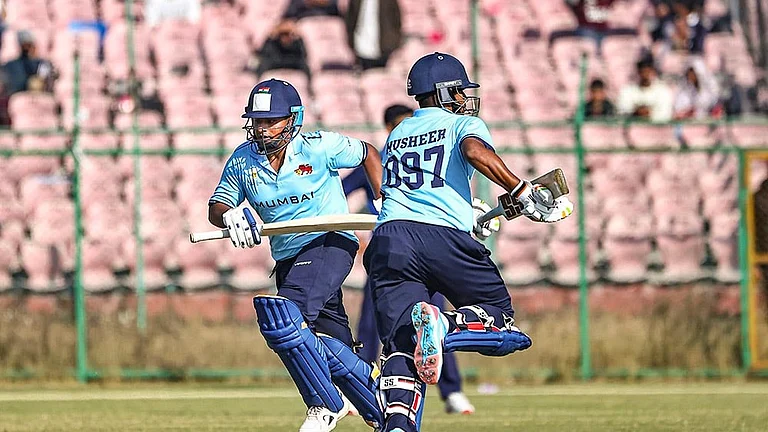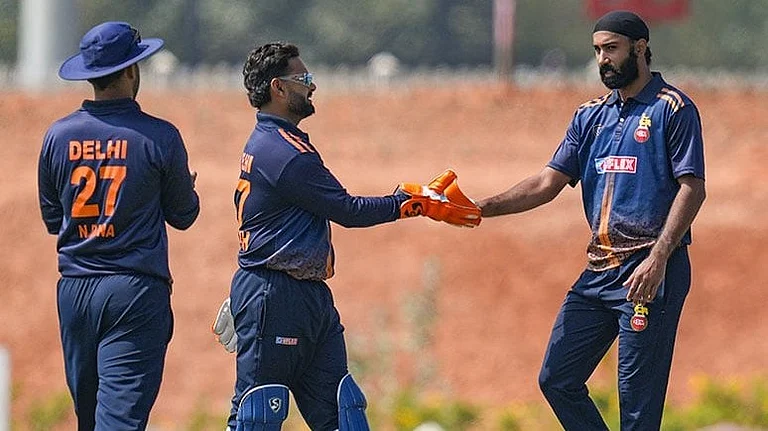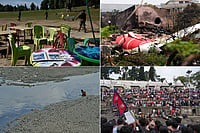Indian Space Research Organization (ISRO) S Somanath made an ambitious remark on Vikram, the lander of India's third lunar mission Chandrayaan-3. He affirmed that the lander is equipped enought to make a soft-landing on the Moon's surface on August 23 even if all the sensors and two of its engines fail to function.
"The entire design of the lander ‘Vikram' has been made in a manner that makes sure that it would be able to handle failures", Mr Somanath said during a talk on ‘Chandrayaan-3: Bharat's Pride Space Mission' on Tuesday.
“If everything fails, if all the sensors fail, nothing works, still it (Vikram) will make a landing. That's how it has been designed -- provided that the propulsion system works well,” Mr Somanath said.
Chandrayaan-3 blasted into Space on July 14 and it entered into lunar orbit on August 5.
How the landing will happen?
The ISRO chief explained there will be three more de-orbiting manoeuvres on August 9, August 14, and August 16 till its orbit reduces to 100 kmx100 km from the Moon, so that Vikram lands on the Moon's surface on August 23.
Soon after lander "deboost", a lander propulsion module separation exercise will be taken up subsequently. This process is expected to slows down the craft.
“We have also made sure that if two of the engines (in Vikram) don't work this time also, it will still be able to land,” the ISRO chairman said.
“So the whole design has been made to make sure that it (Vikram) should be able to handle many failures, provided the algorithms work properly,” he added.
According to Somanth, make a horizontal ‘Vikram' land vertically on the lunar surface will be the biggest challenge before the ISRO team on August 23.
Mr Somanath said once the lander separates from the orbiter, it will move horizontally. Through a series of manoeuvres, it will be brought to a vertical stance in order to land safely on the Moon.
This exercise holds immemse importance considering ISRO's precious failure in getting its lander to touchdown safely on the Moon's surface during the Chandrayaan-2 mission.
“The ability to transfer from horizontal to vertical direction is the trick we have to play here. Here only we had the problem last time,” Mr Somanath pointed out.
The challenge is also to make sure that the fuel consumed is lesser, the distance calculations are correct and all the algorithms work properly, the ISRO chief said.
However, the ISRO team this time has made arrangements to ensure that Vikram makes an attempt to land property even if there are some variations in the calculations, Mr Somanath explained.
According to the ISRO chief, the lander will have four payloads including Chandra's Surface Thermo Physical Experiment (ChaSTE) will carry out the measurements of thermal properties of lunar surface near polar region.


























